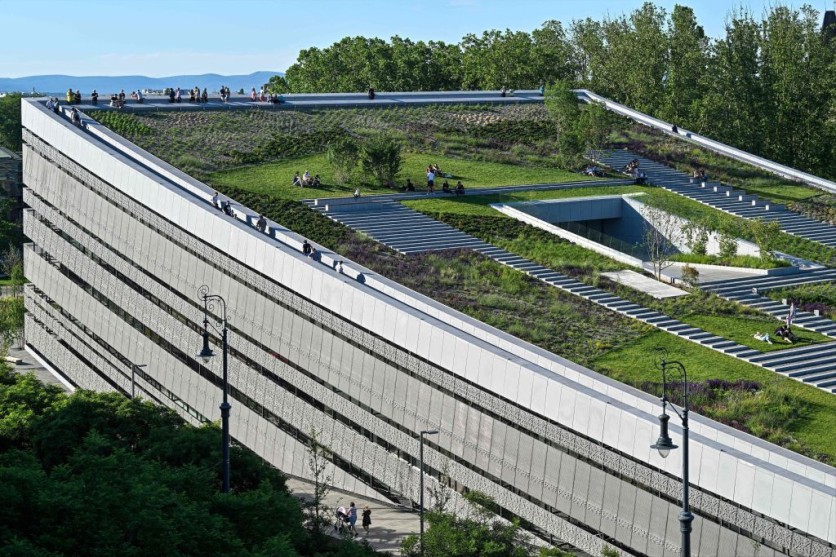A team of researchers from Boston University proposed BIG GRO, a system that can use excess carbon dioxide from a building's exhaust system as a fertilizer to grow rooftop gardens, as reported by Interesting Engineering.

When plants are exposed to CO2, they will grow bigger. The team of researchers used BIG GRO to cultivate spinach and corn on a building's rooftop located inside the university campus. They noticed that when plants are exposed to high levels of CO2, they grow bigger and a lot healthier.
Promoting More Rooftop Gardens
The US Environment Protection Agency (EPA) stated that growing plants on building's rooftops have ecological and financial benefits. For one, a rooftop garden can improve the air quality in an area. Next, this helps reduce the building's carbon footprint, which makes the building more energy efficient by acting as an insulator. Finally, this also helps enhance water quality.
On the other hand, there are cons to rooftop gardens, too, which is why there are some that are hesitant to build one. For one, they can be hard to manage because plants experience a lot of stress when they are grown on a building's roof. There are also challenges when it comes to water and nutrient supplies.
Researchers are keen to address such solutions, and this is when they realized that carbon dioxide supply might provide more favorable conditions for plants in rooftop gardens. Basically, carbon dioxide is food for plants, which has the ability to boost photosynthesis. In addition, it is abundant in urban settings because humans are always breathing.
With this, carbon dioxide can increase plant growth and make rooftop farms even more successful. Therefore, the installation of rooftop gardens on buildings will be more viable.
Also Read: Researchers Develop Renewable Plastic From Carbon Dioxide And Plants
Making it Work
The researchers tested this by growing spinach and corn plants by placing them near the CO2 exhaust vents on the roof of a building. They built a rooftop garden setup using various devices and technologies, which led to BIG GRO.
The team of researchers used a simple aluminum ramp to move the exhaust air toward the plants, then milk crates with felt liners to grow all the plants. They monitored the environmental conditions with the use of HOBO laggers that were attached to the vents and fans and recorded conditions every five minutes.
The corn and spinach plants that were near the vents grew two to three times larger in size compared to the ones that were grown near the control fans.
There's still a lot of work to be done for BIG GRO; it needs to be optimized before it becomes a mainstream technology. Plus, it should also be tested for other plants and in different rooftop settings. The researchers plan to test it in New York.
Related Article: Atmospheric Carbon Dioxide Growth Rate Paused: Thanks, Plants!
This article is owned by Tech Times
Written by April Fowell
ⓒ 2025 TECHTIMES.com All rights reserved. Do not reproduce without permission.

![Best Gaming Mouse For Gamers With Smaller Hands [2025]](https://d.techtimes.com/en/full/461466/best-gaming-mouse-gamers-smaller-hands-2025.png?w=184&h=103&f=6fd057ef777bd39251d4e7e82e9b23f1)


